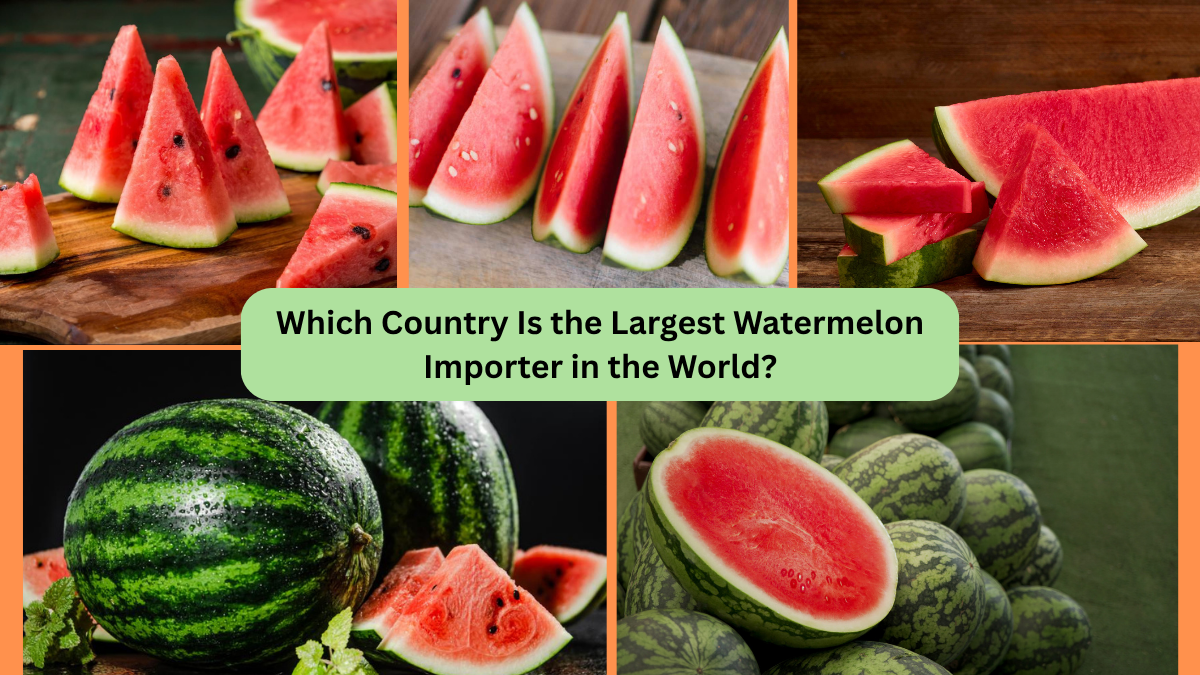Watermelon — with its crisp, sweet flesh and refreshing juiciness — is one of the most popular fruits worldwide. A staple of picnics, backyard barbecues, and summer feasts, it’s a fruit beloved for both its flavor and hydrating properties. Though it’s cultivated in over 100 countries, not every region produces enough to satisfy growing, year-round consumer demand. As a result, international trade plays a vital role in keeping this summertime favorite available globally.
In this detailed guide, we’ll uncover which country imports the most watermelons in the world, why they lead this market, who their top suppliers are, and what the global watermelon trade landscape looks like today.
Global Overview of the Watermelon Market
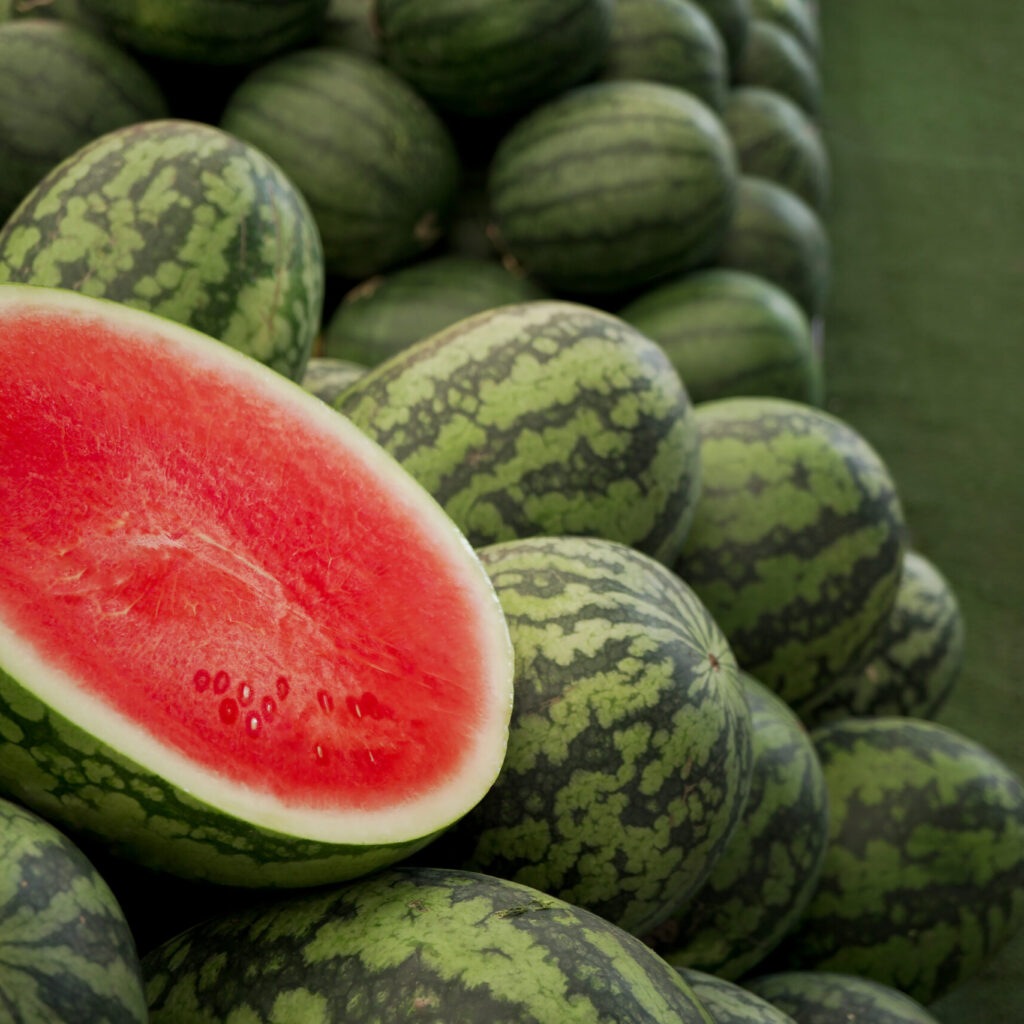
Watermelons (Citrullus lanatus) are among the world’s most traded fruits. According to global trade data, over 5 million metric tons of fresh watermelons are traded internationally each year, with a total market value exceeding $3 billion USD. The largest producers of watermelons include China, Turkey, India, Brazil, and Iran — with China alone accounting for nearly 60% of global production.
However, even major producing countries can face off-season supply gaps or growing consumer demand for imported varieties like seedless, mini watermelons, or yellow-flesh types. That’s where imports step in to fill the gap.
Which Country Is the Largest Watermelon Importer in the World?
The United States of America is currently the largest importer of watermelons globally.
U.S. Watermelon Import Statistics (2023)
- Import volume: Over 1.35 million metric tons
- Import value: Approximately $827 million USD
- Share of global imports: Around 25–30%
These figures place the United States firmly ahead of other major watermelon-importing nations such as Germany, Canada, France, and the Netherlands.
Why Is the United States the Top Watermelon Importer?

Several important factors explain why the U.S. consistently leads the world in watermelon imports:
Year-Round Demand
In the United States, watermelon isn’t just a summer indulgence — it’s a year-round favorite. From juices and fruit salads to ready-to-eat snack packs in grocery stores, American consumers expect fresh watermelons even when local harvests have ended. U.S. production peaks between May and September, so to meet demand during the winter and early spring, large quantities are imported from warmer countries.
Proximity to Major Exporting Nations
The United States benefits from close proximity to leading watermelon producers like Mexico, Guatemala, and Honduras. This allows for shorter transit times and lower transportation costs, making imports more efficient and fresher upon arrival.
Variety of Imported Watermelons
While domestic growers produce mainly seeded watermelons, the market demand has shifted toward seedless and mini varieties. Many of these specialty watermelons are cultivated in Mexico and Central America and imported to meet niche market preferences.
Large Retail and Foodservice Market
The sheer size of the U.S. retail and foodservice industry also contributes to its top importer status. Supermarkets, restaurants, and beverage companies require a continuous, high-volume supply of fresh watermelons for consumer use.
Who Are the Top Watermelon Suppliers to the U.S.?
The vast majority of watermelon imports to the U.S. come from neighboring countries. Here’s a breakdown:
- Mexico: The undisputed leader, Mexico supplies around 85–90% of U.S. watermelon imports, particularly from states like Sonora and Jalisco.
- Guatemala: A growing supplier, particularly during the early spring months.
- Honduras: Another important source during the U.S. off-season.
Thanks to favorable trade agreements like the USMCA (United States-Mexico-Canada Agreement) and regional proximity, these countries can export fresh watermelons to U.S. markets efficiently and cost-effectively.
Germany: Europe’s Top Watermelon Importer
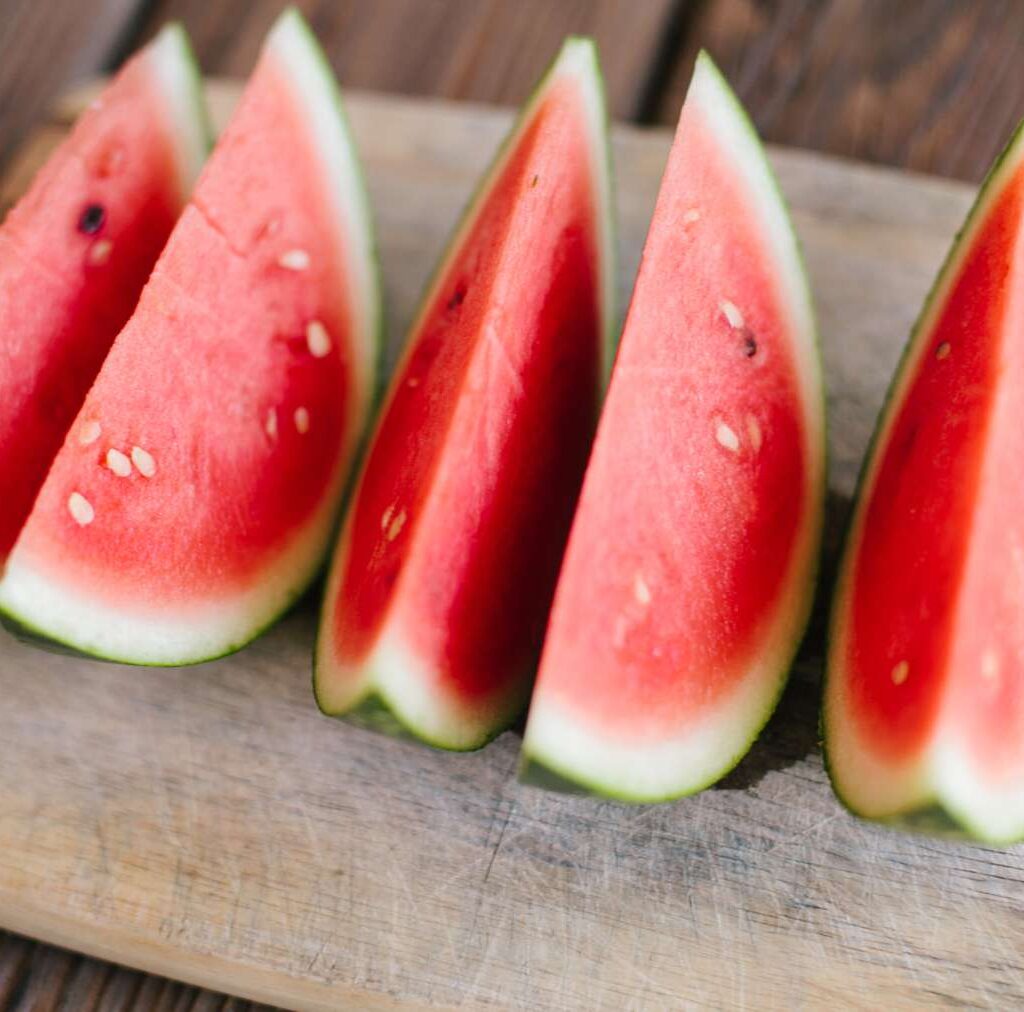
In Europe, Germany leads the way as the largest watermelon importer. In 2023:
- Import volume: Approximately 556,000 metric tons
- Import value: Over $518 million USD
Germany imports watermelons primarily from Spain, Italy, Greece, and Morocco. The German market is known for its preference for seedless and organically grown watermelons, contributing to a premium-priced market in the European Union.
Canada: Steady Demand in North America
Canada consistently ranks among the world’s top five watermelon importers, relying heavily on imports to supply fresh watermelons to its population, particularly during colder months. In 2023:
- Import volume: Around 339,000 metric tons
- Import value: Approximately $238 million USD
Mexico is Canada’s main supplier, followed by the United States.
Global Watermelon Trade Overview
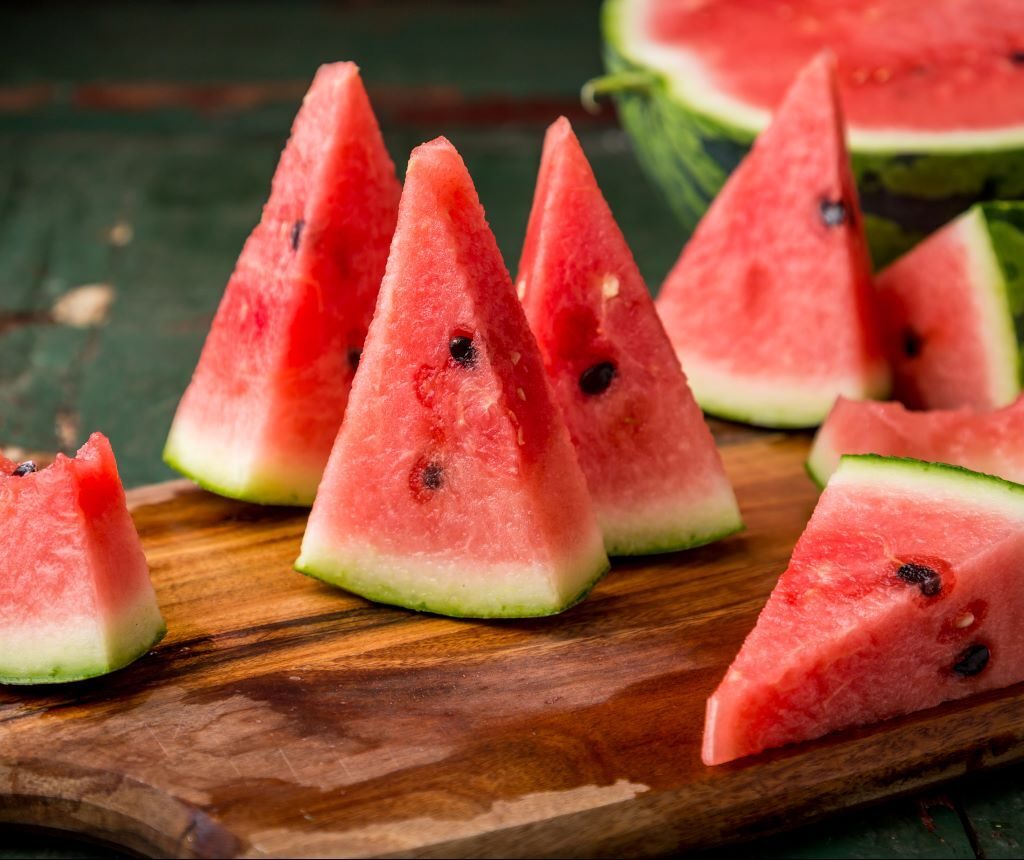
| Rank | Country | Import Volume (Metric Tons) | Import Value (USD) |
|---|---|---|---|
| 1 | United States | 1,350,000 | $827 million |
| 2 | Germany | 556,000 | $518 million |
| 3 | Canada | 339,000 | $238 million |
| 4 | France | 285,000 | $190 million |
| 5 | Netherlands | 270,000 | $180 million |
Market Trends and Insights
The international watermelon trade is evolving alongside consumer trends and market demands:
Decline in Seeded Varieties
As preferences shift toward seedless watermelons, exporters and growers are adapting by planting new seedless cultivars, especially in Mexico and Spain.
Rising Demand for Organic Watermelons
Health-conscious consumers in both North America and Europe are increasingly seeking organically grown watermelons, with import volumes of organic varieties growing annually.
Pre-Cut & Convenience Packs
Busy urban consumers are turning to pre-cut watermelon cubes, slices, and snack packs available in supermarkets and delis, increasing year-round import demand.
Growing Asian Markets
Though still smaller compared to North America and Europe, countries like China, Japan, and South Korea are expanding their watermelon imports, particularly for premium and specialty varieties.
Future Outlook for the Global Watermelon Market
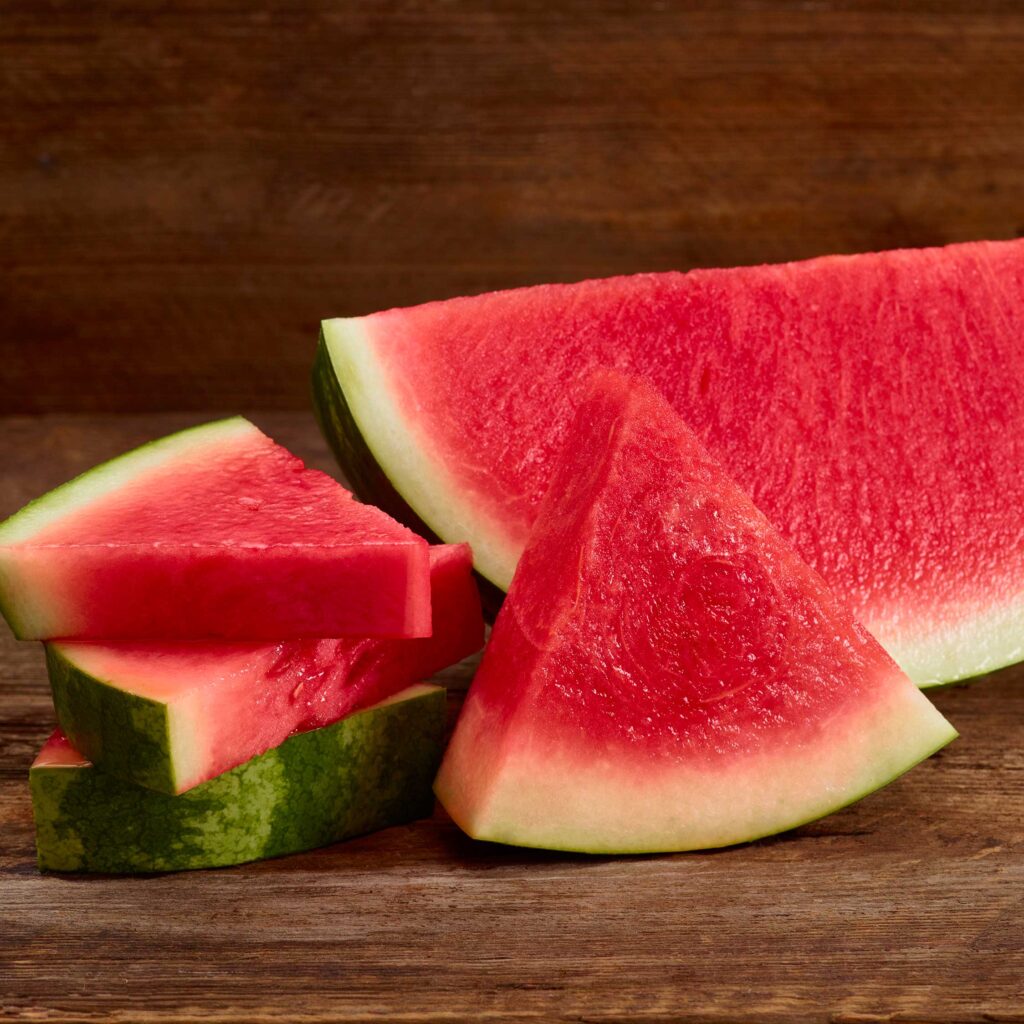
According to market forecasts:
- The global watermelon trade is expected to grow at a compound annual growth rate (CAGR) of 2.5–3% through 2030.
- The United States will likely maintain its top importer status due to consistent off-season demand.
- New markets in Asia and the Middle East are projected to increase their import volumes significantly over the next decade.
- Rising interest in mini, seedless, and organic watermelons will shape planting and export strategies.
Conclusion
To sum up:
- The United States is the largest watermelon importer in the world, importing over 1.35 million metric tons annually, with an import market valued at $827 million USD.
- Key suppliers to the U.S. include Mexico, Guatemala, and Honduras.
- In Europe, Germany leads watermelon imports, followed by France, the Netherlands, and the UK.
- Growing global demand for seedless, organic, and ready-to-eat watermelon products is transforming trade flows and supplier priorities.
As consumers continue to crave this hydrating, sweet fruit all year long, the international watermelon trade shows no signs of slowing down. Whether for a summer picnic or a winter smoothie, watermelon has become a global favorite — and countries like the United States will remain at the center of this juicy trade.
